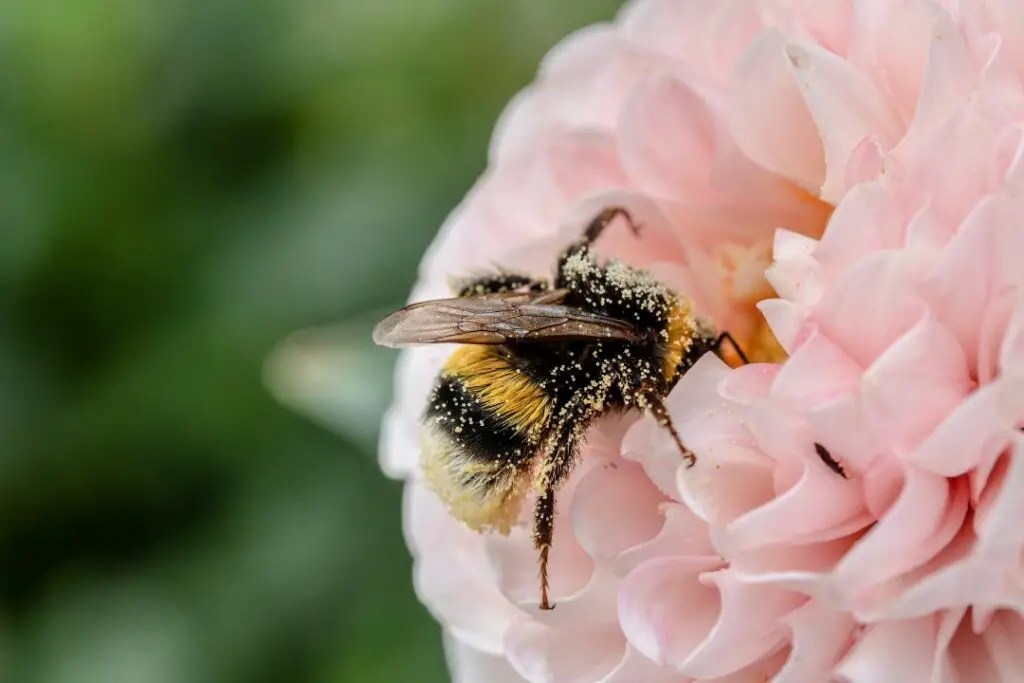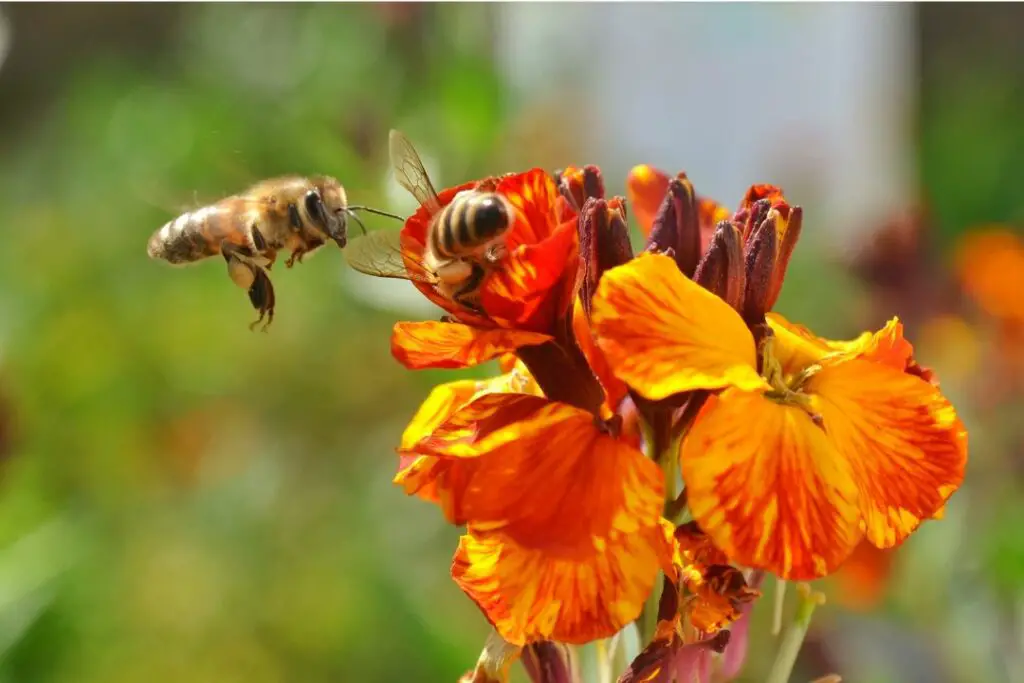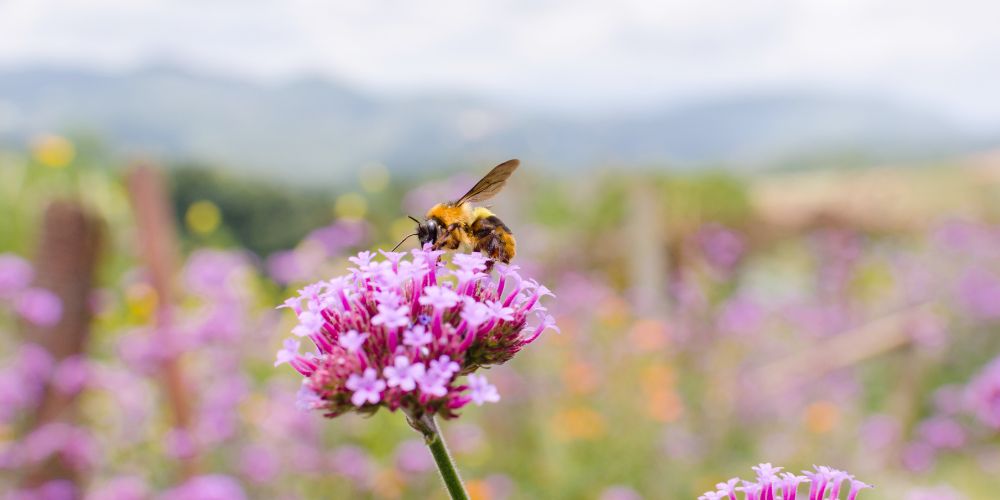Last updated on September 20th, 2023 at 08:40 pm
As a website focused on providing valuable information about the natural world, we often receive questions about the relationship between bees and flowers and one that always comes up is ‘do bees kill flowers when they collect nectar and pollen?’.
No, bees do not kill flowers. In fact, bees are really important pollinators for flowers, helping them to reproduce and grow. When bees visit a flower, they collect nectar and transfer pollen from one flower to another, which fertilizes the flower and allows it to produce seeds
If you don’t know any better it’s easy to think that bees are stripping flowers of their natural resources but this really couldn’t be further from the truth.
Understanding the Role of Bees in Pollination
Bees are the most important pollinators in the world and are responsible for pollinating a significant portion of the world’s food supply.
Without bees, many crops and plants would not be able to reproduce, which would have a devastating impact on the world’s ecosystem.

How Bees Interact with Flowers
Bees and flowers have what we call a mutually beneficial relationship. Bees are attracted to flowers for their sweet nectar, which provides them with a valuable source of energy.
In exchange for this food source, bees help flowers reproduce by transferring pollen from one flower to another. This process allows plants to produce seeds and grow new plants.
Contrary to popular belief, bees do not kill flowers when they collect nectar. Bees are gentle when they interact with flowers king care not to damage any of the inner flowers’ reproductive structures.
Instead, they simply collect nectar and move on to the next flower, carrying the pollen with them in the process.
The Importance of Bees in Flower Reproduction
As we mentioned earlier, bees play a vital role in flower reproduction. When bees visit a flower, they transfer pollen from the male reproductive organ (anther) to the female reproductive organ (stigma).
This process fertilizes the flower and allows it to produce seeds. Without bees, many flowers would not be able to reproduce, which would have a significant impact on the world’s ecosystem and could lead to the extinction of the human race!
Some flowers have even evolved to attract specific types of bees. Bumblebees are attracted to flowers that are blue and purple, while honeybees are attracted to yellow and white flowers.
Individual flower species have evolved to display these colours in the hope of attracting thirsty visitors.
So from short-petaled varieties perfect for honeybees to the long tubular petals ideal for a bumblebee’s long tongue, there’s a bee for every flower.
Looking for a way you can help bees? Check out our Bee Revival Kit packed with a special syrup formulated to help tired thirsty bees back to the hive.
What Kinds of Flowers Do Bees Pollinate?
Bees are most attracted to flowers that are blue, purple, or yellow because these colours are most visible to them when they’re flying overhead looking for forage.
Flowers with tubular or bell-shaped blooms are popular with bees because they offer easy access to the nectar and pollen within.
Some of the most common flowers that bees pollinate include:
- Sunflowers
- Lavender
- Wildflowers
- Daisies
- Roses
- Clover

Do Bees Ever Harm Flowers?
While bees do not intentionally harm flowers, there are some cases where their interaction with flowers can have unintended consequences.
If a bee in your garden collects too much nectar from a flower, it can prevent it from reproducing. This can happen if there are too many bees visiting the same flower or if the bees in the area are particularly hungry (this typically occurs in early spring and late summer).
It’s important to note that a small sub-section of bees has been known to steal nectar with no intention of pollinating the flower.
These bees, known as nectar robbers, bite a hole in the flower to access the nectar without coming into contact with the reproductive structures.
While this behaviour does not harm the flower directly, it can prevent the flower from reproducing when other bees notice the lack of nectar and opt to travel to a different flower.
Conclusion
Bees and flowers have a mutually beneficial relationship that is vital to our world’s ecosystem.
While bees do not intentionally harm flowers, their interaction with flowers can have unintended consequences in some cases but this pales in comparison to eh vast swathes of wild and agricultural crops they pollinate.
Overall, it is clear that bees and flowers have a complex and fascinating relationship that is essential to the natural world and we’re so excited to share it with you all.





